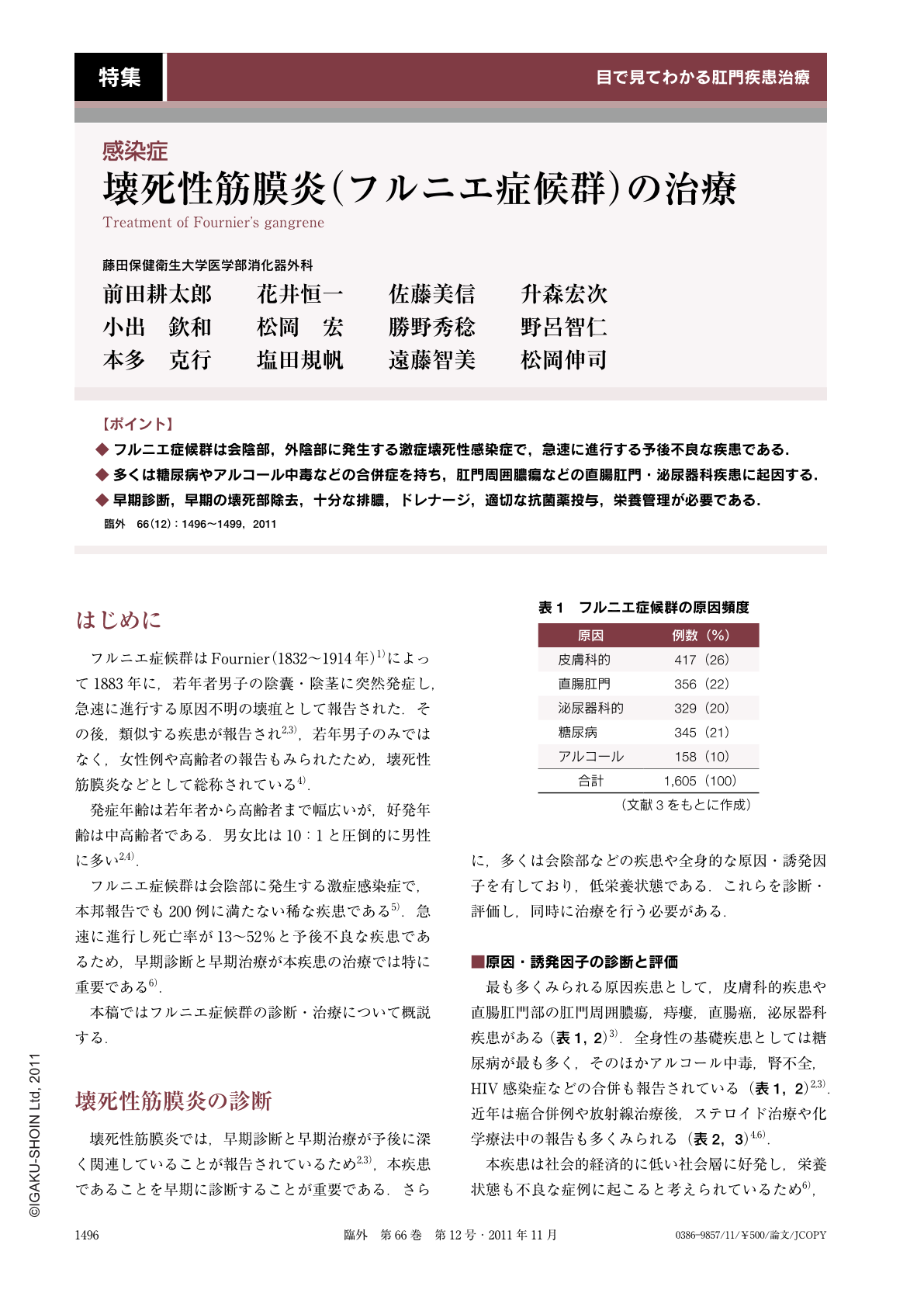13 0 0 0 OA 医薬研究におけるメタアナリシスと公表バイアス
- 著者
- 浜田 知久馬 中西 豊支 松岡 伸篤
- 出版者
- 日本計量生物学会
- 雑誌
- 計量生物学 (ISSN:09184430)
- 巻号頁・発行日
- vol.27, no.2, pp.139-157, 2006-12-01 (Released:2011-09-25)
- 参考文献数
- 50
- 被引用文献数
- 4 3
Meta-analysis is defined to be ‘the statistical analysis of a large collection of analysis results from individual studies for the purpose of integrating the findings'. Since the 1980s there has been an upsurge in the application of meta-analysis to medical research. The rapid increase in the number of meta-analysis being conducted during the last decade is mainly due to a greater emphasis on evidence based medicine and the need for reliable summaries of the vast and expanding volume of clinical studies. Over the same period there have been great developments and refinements of the associated methodology of meta-analysis. When judging the reliability of the results of a meta-analysis, attention should be focused on ‘publication bias’. Publication bias is the term for what occurs whenever the research that appears in the published literature is systematically unrepresentative of the population of completed studies. This bias can provide a flaw of the result of meta-analysis. In this article, the causes and origins of publication bias are reviewed, and then the history and some findings of publication bias in medical research are presented. Several statistical methods that have been developed to detect, quantify and assess the impact of publication bias in meta-analysis are demonstrated.
2 0 0 0 OA プロジェクト提案のための文書情報管理システムの開発と実証
1 0 0 0 IR 呼吸停止下三次元造影MR Urography-少量(2ml)造影剤による試み-
- 著者
- 大渕 真男 高原 太郎 高橋 光幸 森 達彦 傳法 昌幸 島 英樹 松岡 伸 土合 克巳 滝沢 謙治 内山 勝弘 本田 実 國安 芳夫 オオブチ マサオ タカハラ タロウ タカハシ ミツユキ モリ タツヒコ デンボ マサユキ シマ ヒデキ マツオカ シン ドアイ カツミ タキザワ ケンジ ウチヤマ カツヒロ ホンダ ミノル クニヤス ヨシオ Obuchi Masao Takahara Taro Takahashi Mitsuyuki Mori Tatsuhiko Dembo Masayuki Shima Hideki Matsuoka Shin Doai Katsumi Takizawa Kenji Uchiyama Katsuhiro Honda Minoru Kuniyasu Yoshio
- 出版者
- 日本医学放射線学会
- 雑誌
- 日本医学放射線学会雑誌 (ISSN:00480428)
- 巻号頁・発行日
- vol.58, no.4, pp.163-165, 1998-03-25
1 0 0 0 壊死性筋膜炎(フルニエ症候群)の治療
1 0 0 0 レーザー装置
- 著者
- 大東 延久 清地 正人 綱脇 恵章 藤田 雅之 今崎 一夫 中井 貞雄 三間 圀興 車 信一郎 後藤 道夫 小久保 正之 中尾 直也 山中 千代衛 加瀬 貞二 青山 誠 赤羽 温 中野 文彦 松岡 伸一 山川 考一 大前 吾一 八木 隆志 伊藤 紳二 文 雅司 和泉田 真司 小野 晋吾 劉 振林 大竹 秀幸 猿倉 信彦 耿 紀宏 和田 智之 浦田 佳治 田代 英夫 南畑 亮 児玉 英範 田上 潤一 河仲 準二 窪寺 昌一 佐々木 亘 黒澤 宏 寺嶋 克知 田中 宏和 久保 博一 鈴木 徹 太田 毅 榎波 龍姫 若林 理 溝口 計 大部 彩子 渡邊 隆之 中野 真生 堀 司 西坂 敏博 伊藤 貴志 小島 哲夫 今野 進 藤川 周一 安井 公治 吉澤 憲治 森 勇介 佐々木 孝友 田中 光弘 岡田 幸勝 島村 清史 Namujilatu 福田 承生 松原 健祐 田中 歌子 今城 秀司 早坂 和弘 大向 隆三 占部 伸二 渡邊 昌良 大場 正規 加藤 政明 丸山 庸一郎 小矢田 康晴 山本 修平 平野 嘉仁 Pavel Nicolaie 佐藤 聡長 伊藤 篤史 大島 広明 吉田 弘樹 阪上 幸男 挾間 寿文 西岡 一 鬼澤 敦子 上原 昇 植田 憲一 西村 昭彦 宅間 宏 常包 正樹 田口 昇 稲場 文男 関田 仁志 RUTHERFORD Todd TULLOCHI Bill 笠松 直史 BYER Robert 松井 宏記 江口 武芳 川田 安男 金辺 忠 山中 正宣 中塚 正大 井澤 靖和 神崎 武司 宮島 博文 宮本 昌浩 川嶋 利幸 岡田 康光 菅 博文 秋山 靖裕 高瀬 智裕 高田 淳 湯浅 広士 小野 明 吉田 史朗 中山 通雄 佐藤 雅夫 内藤 真哉 町田 久忠 家久 信明 軽部 規夫 西畑 実 鈴木 伸孝 太田 忠喜 藤原 弘康 市位 友一 木村 信二 木村 美紀雄 庄司 康浩 今城 正雄 柳澤 隆行 内野 修 永井 智広 長澤 親生 住吉 哲実 荒井 恒憲 佐藤 俊一 石原 美弥 菊地 眞 バサ ニレシ 岡田 龍雄 前田 三男 水波 徹 松岡 直哉 岡崎 豊 菊池 健 山口 滋 南里 憲三 藤岡 知夫 森 啓 鈴木 薫 中田 順治 嘉成 和孝 小平 裕司 内藤 靖博 永野 宏 蓮池 透 谷脇 学 清水 幸喜 熊谷 幹郎 高島 洋一 遠藤 雅守 川上 政孝 武田 修三郎
- 出版者
- The Laser Society of Japan
- 雑誌
- レーザー研究 (ISSN:03870200)
- 巻号頁・発行日
- vol.27, pp.23-24,27, 1999
1 0 0 0 ウェアラブル徘徊高齢者介護支援システムの提案
- 著者
- 松岡 伸吾 小川 英邦 槇 弘倫 米沢 良治
- 雑誌
- ライフサポート = / the Society of Life Support Technology [編] (ISSN:13419455)
- 巻号頁・発行日
- vol.24, no.2, pp.79-85, 2012-08-25
